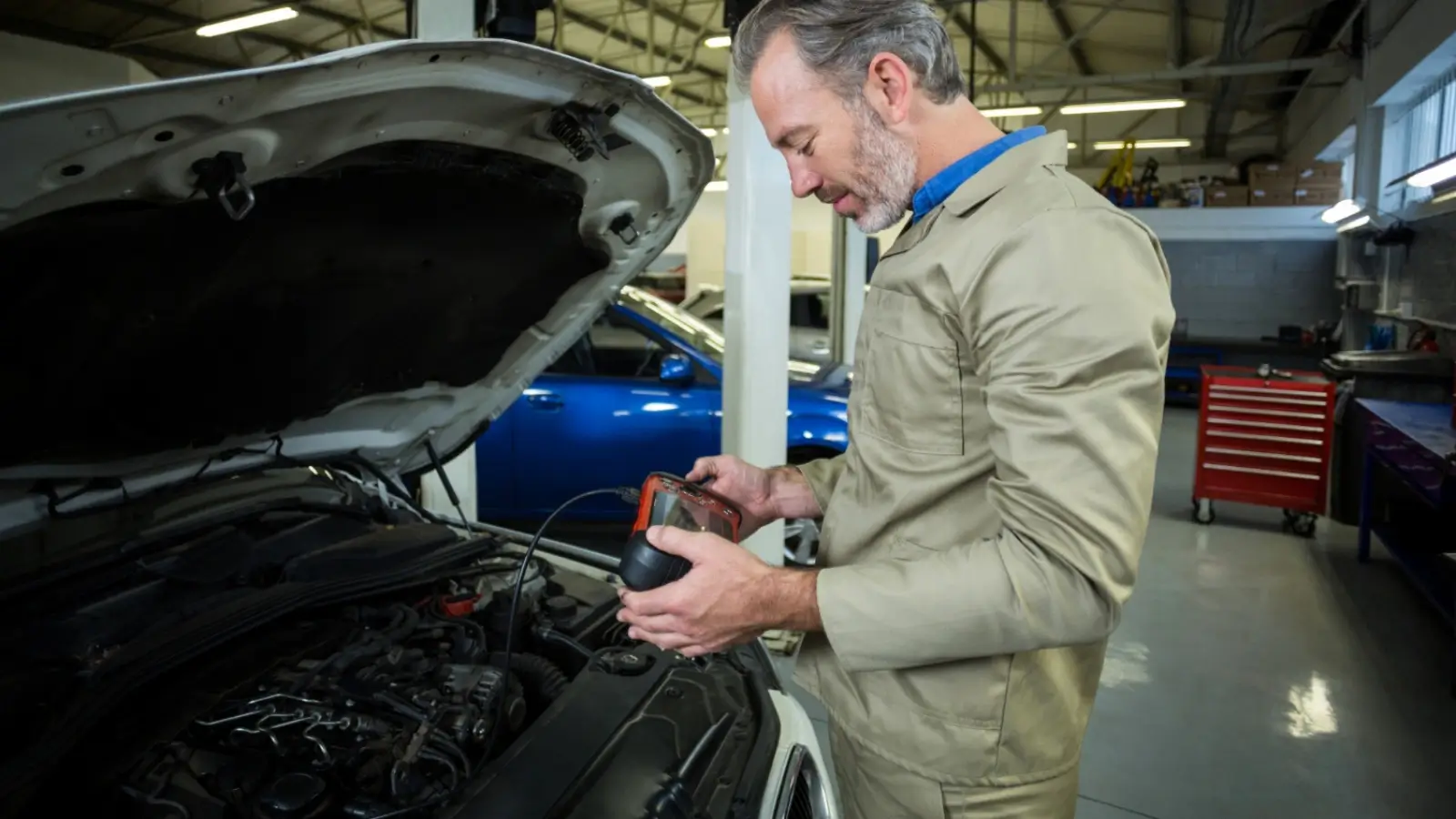


An alternator is a key part of your car's electrical system. It keeps the battery charged and powers things like lights, radio, and air conditioning while the engine runs. When it fails, it can leave you stuck on the road. This guide covers common signs of alternator issues and how to check them. We will go over symptoms, diagnosis steps, and tips to avoid problems. If you spot these issues early, you can save time and money on repairs.
The alternator turns mechanical energy from the engine into electrical power. It uses a belt connected to the engine to spin and create electricity. This electricity charges the battery and runs the car's systems. Unlike the battery, which stores power, the alternator makes power on the go.
Many people mix up the alternator with the starter. While the alternator recharges the battery once the engine starts. If your car won't start, it might be the starter, but if it dies while driving, check the alternator.
Alternators come from various makers. For quality options, look at suppliers like Unitech Motor. They provide reliable parts for different vehicles.
Alternator faults show up in clear ways. Here are the main signs to watch for.
First, dim or flickering lights. The headlights, dashboard lights, or interior lights may get weak or flash. This happens because the alternator fails to supply steady power. At night, you might notice headlights dim when you speed up or slow down.
Second, a dead battery. If your battery keeps dying, the alternator might not charge it right. You jump-start the car, but it dies again soon. Test the battery first, but if it's good, the alternator could be the issue.
Third, strange noises. A failing alternator can make grinding or whining sounds. This comes from worn bearings or a loose belt. Listen under the hood when the engine runs.
Fourth, warning lights on the dashboard. Most cars have a battery or alternator light that looks like a battery icon. If it comes on, it means the system detects low voltage. Don't ignore this; pull over and check.
Fifth, electrical issues. Things like power windows, radio, or wipers may work slow or stop. The alternator powers these, so weak output affects them.
Sixth, engine stalls. If the alternator stops working, the battery drains fast, and the engine may shut off. This is risky on highways.
Seventh, burning smell. Overheated wires or a bad diode in the alternator can cause a rubber or wire burn odor. Stop driving if you smell this.
These symptoms often start small but get worse. If you see more than one, get it checked soon.
Diagnosing an alternator is straightforward with basic tools. Follow these steps to find the problem.
If you're not sure, take it to a shop. They have tools like an alternator tester for accurate results.
Remember, safety first. Disconnect the battery before working on electrical parts to avoid shocks.
Alternators fail for several reasons. Knowing them helps prevent issues.
Keep your alternator healthy with simple habits.
These steps can add years to your alternator's life.
If diagnosis shows it's bad, replace it. Signs like constant low voltage or failed tests mean it's time.
Replacement costs $300 to $500, including labor. DIY saves money but needs tools.
Choose the right one for your car model. OEM or aftermarket both work if they come from good sources.
After replacement, test the system to ensure it charges correctly.
Alternator problems are common but easy to spot and fix if caught early. Watch for dim lights, dead batteries, noises, and warning lights. Use simple tests like voltage checks to diagnose. Regular maintenance prevents failures. If issues persist, see a mechanic. A working alternator keeps your car reliable on the road.
This guide helps you understand and handle alternator faults. Stay safe and keep driving smoothly.